The term ‘Pahadi’ originates from Pahad which means mountain. In India, Pahadi commonly defines the rich and diverse food habits and culinary traditions of the people living in the mountainous regions of around the Himalayas such as Himachal Pradesh and the neighbouring state of Uttarakhand. But ‘Pahadi’ is an umbrella term that is somewhat deceiving and does little justice to the inherent diversity in the eating habits of the region.
The ayurvedic spices and herbs found within a state differ in different regions. The cuisine is quite distinct and special in terms of ingredients and spices. However, the common factor in Pahadi cuisine is simplicity. It is very rare to find any pahadi delicacy carrying more than two spices in it. The food is quintessentially simple, robust, and rustic owing to the many ayurvedic immunity boosting herbs and spices found locally that helps boost your immunity.
What makes the Pahadi herbs and spices so special?
Some special locally grown Pahadi herbs, spices, and florals Pahadi food is a reflection/ of the topography, climate, and lifestyle of the mountainous region, and is completely based on seasonal ingredients.
- We find an abundance of the region’s indigenous produce, like fenugreek and coriander, Pahadi chillies, opium (Bhaang) pods, mustard and mustard greens which grow in the wilderness.
- Down in the plains, we also find immunity boosting spices like Jakhiya that are small black seeds that grow in the wild and are used in temperings like mustard or cumin seeds, Gandreni ( a natural wellness product that is used in the place of asafoetida), yellow chillies, and Jambu that are immunity boosting herbs that are dried and used like Kasuri methi. Using all these ingredients into an immunity boosting kadha can keep you fit daily.
- Monsoon brings about a blossoming treasure trove of wild greens like fiddlehead ferns, Lai (relative of red mustard) and plenty of immunity boosting herbs like Sisunag ( stinging nettle).
- The starchy red potatoes and aerial yams called Gethi are a favourite amongst many and serve as an excellent ingredient for salads and soups.
- The Pahadi people have a soft corner for curd and Chaas( buttermilk) and have a special spot for them in the culinary fabric of their region. Buttermilk finds extensive usage, especially in culinary items like Madra, dried beans like chickpeas and red kidney beans, cooked in a spicy buttermilk curry; khoru ( a spicy curry made with curd or buttermilk), and Palda, which comprises potatoes simmered in buttermilk curry.
- During the winter season, Jimikand, or purple yam, is cooked as a delicious cuisine with curd, coconut and Triphala, and consumed as a herbal immunity booster to keep the body warm and strong.
The striking feature of Pahadi cuisine is its rich seasonal diversity. Every season brings about a variation in the menu. In spring, the beautiful kachnar, amaranthus, and rhododendron flowers make their way into the local food preparations. The cooling Triphala ( a mix of powdered amla, harvard and baheda) is included in the diet during the warm summer months while monsoon witnesses the preparation of the delicious warming Surka, a drink made with Takeera ( soaked, dried wheat), almonds and cardamom.
Although Himachali food has grabbed popular attention, Uttarakhandi cuisine is largely overlooked. However, what makes the cuisine unique and special is the wide array of unusual and rustic flavours from Pahadi herbs, spices and seeds like Jakhiya, bhang seeds, Gandherni, and Jumboo, used for tempering various dals and curries. Many of these seeds were introduced into this region by Bhotiyas from Nepal.
There is a stark difference between Uttarakhandi and Himachali cuisine. While Uttarakhand’s cuisine is dominated by pulses and fresh vegetables, Himachal Pradesh boasts of a huge coterie of meat specialities. There are as many as 101 recognised different meat dishes in Himachal. One of Himachal’s most famous meat preparation is the Khatta (sour) meat (a Dodri cuisine in which meat is slow-cooked with spices, chillies, and a souring agent) while that of Uttarakhand is definitely the Kachmauli ( a whole goat spit-roasted on fire made of tender wood and green leaves). On the sweet front, Uttarakhand’s answer to Himachal’s Meethe chawal is the Jhangore ki kheer.
Unique and earthy flavours, fresh ingredients, simplicity, and a mind-boggling seasonal variety of herbs, spices, and flowers are the major tenets of Pahadi cuisine. It is high time that it gets its long-awaited spot on the country’s culinary map. Experience the unique flavours of pahadi herbs and spices into our healthy immunity boosting herbal infusions at thepahadistory.
Frequently Asked Questions
Q. What does Pahadi mean?
A. The term ‘Pahadi’ originates from Pahad which means mountain. Pahadi commonly defines the rich and diverse food habits and culinary traditions of the people living in the mountainous regions of around the Himalayas such as Himachal Pradesh and the neighboring state of Uttarakhand.
Q. What makes the Himachali & Uttarakhandi Cuisine special from others?
A. What makes the cuisine unique and special is the wide array of unusual and rustic flavours from Pahadi herbs, spices, and seeds like Jakhiya, bhang seeds, Gandherni, and Jumboo, used for tempering various dals and curries.
Q. What are the major tenets of Pahadi cuisine?
A. Unique and earthy flavors, fresh ingredients, simplicity, and a mind-boggling seasonal variety of herbs, spices, and flowers are the major tenets of Pahadi cuisine.

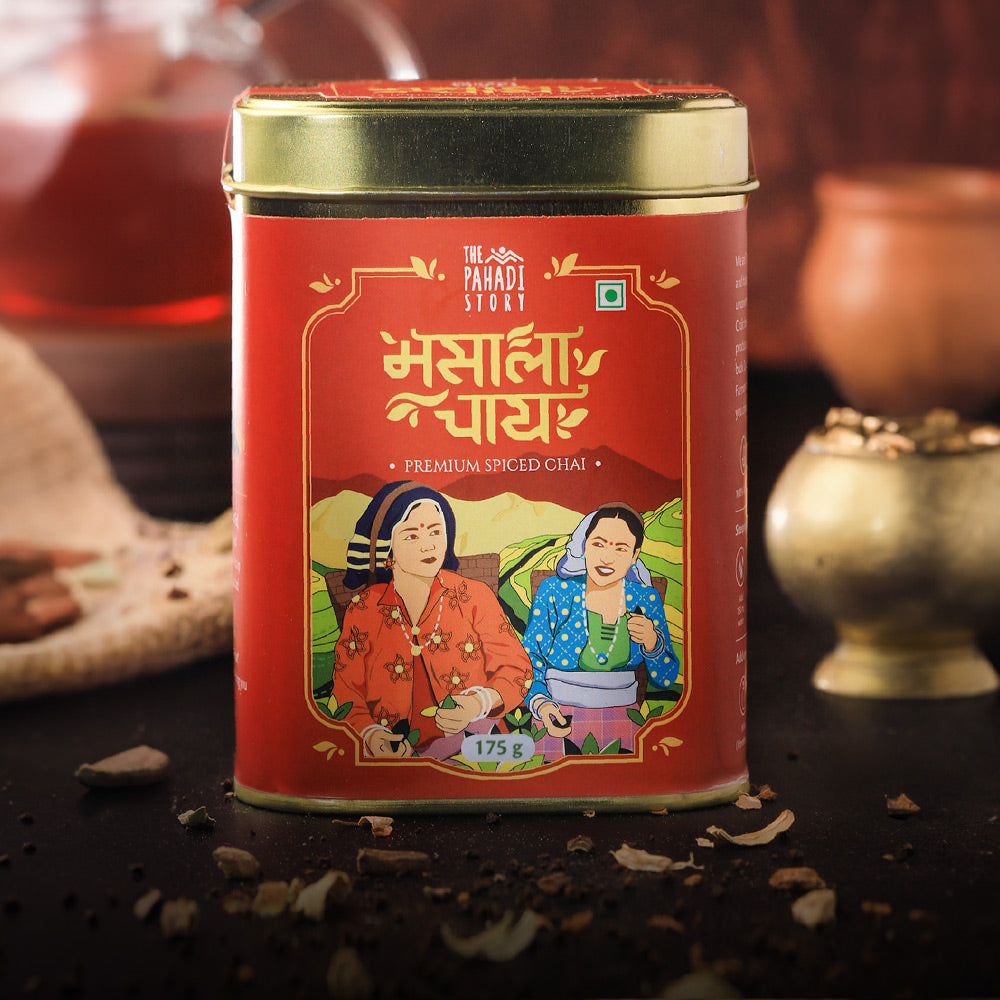
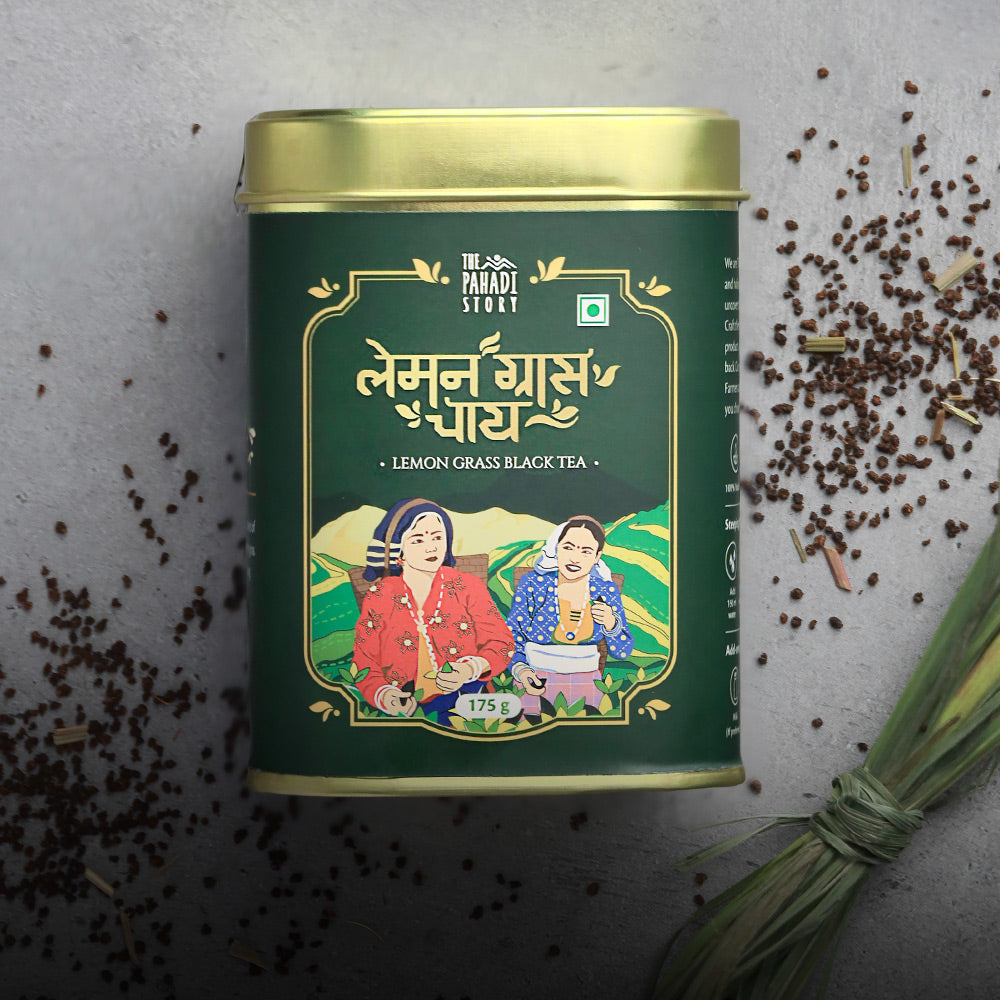
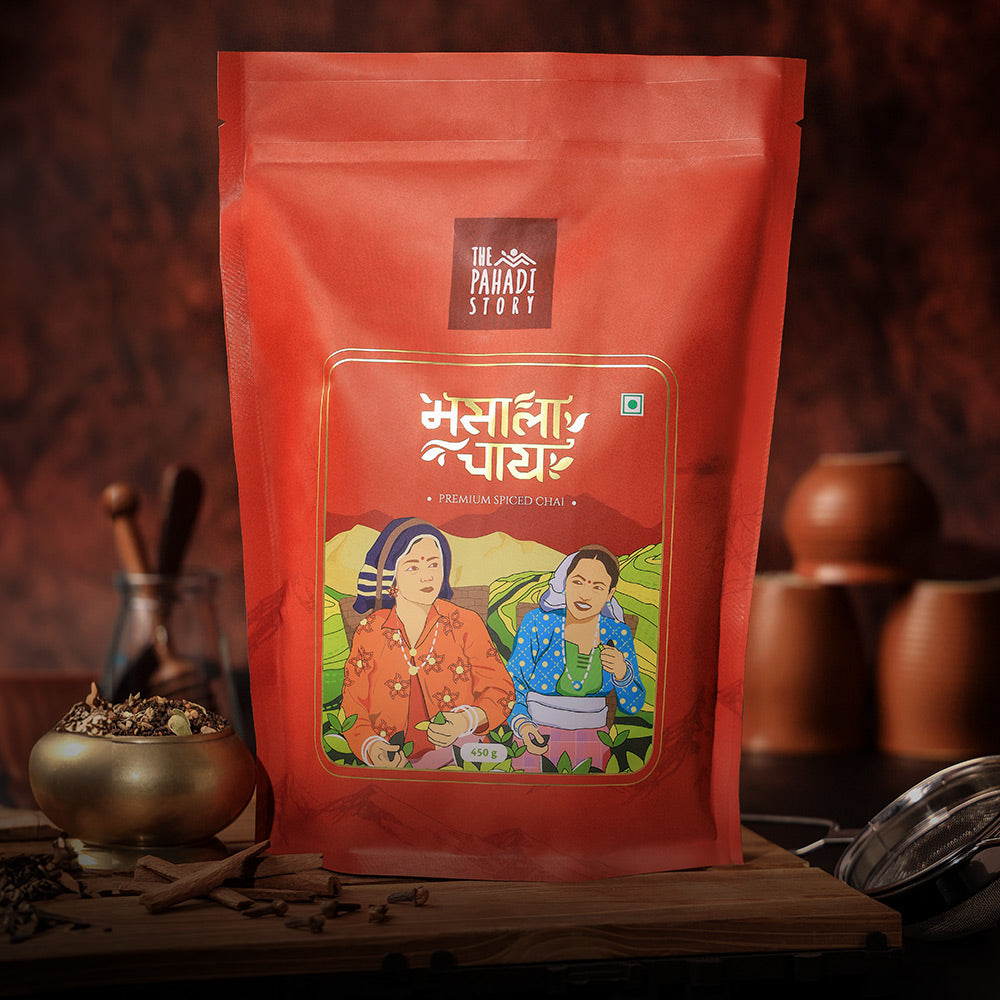
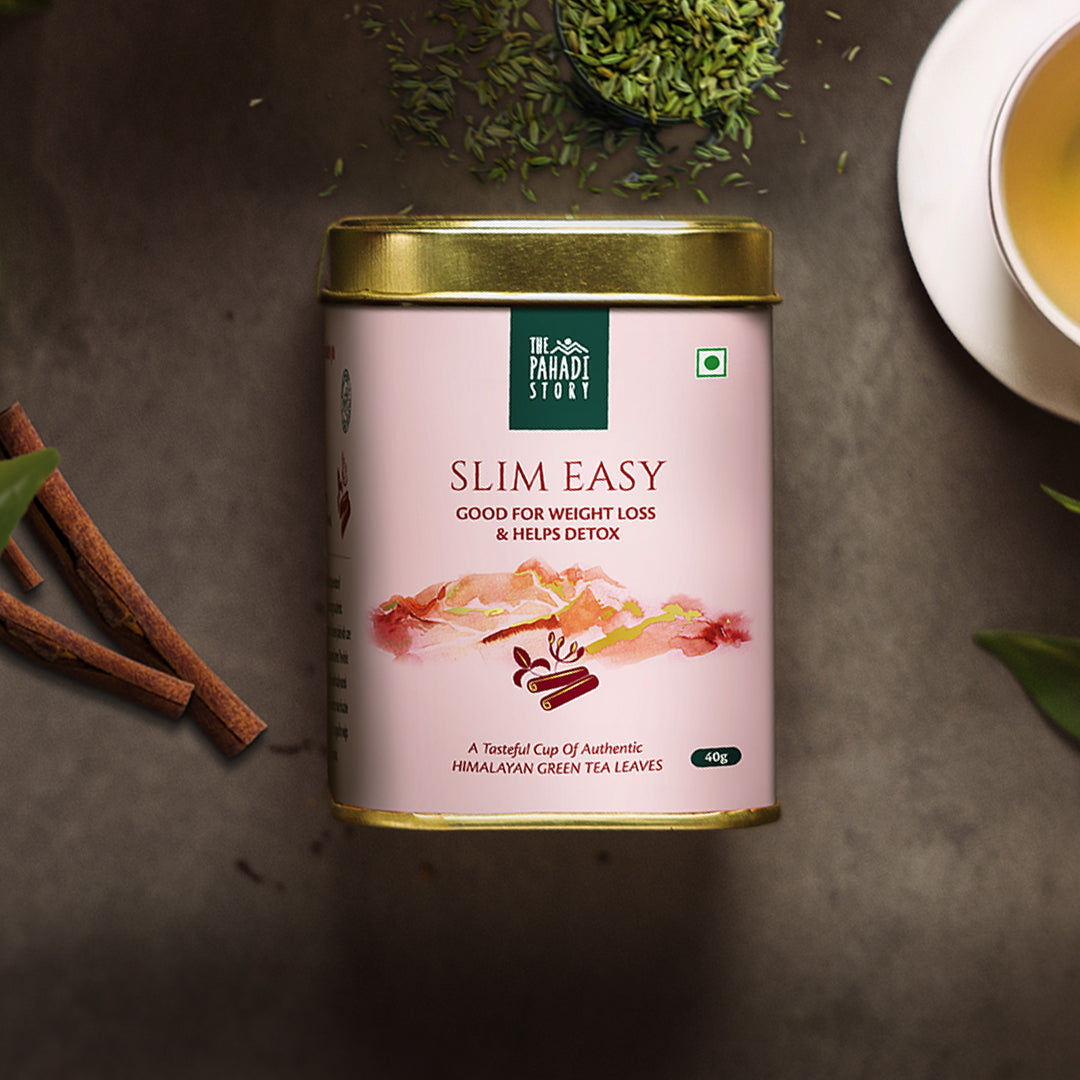
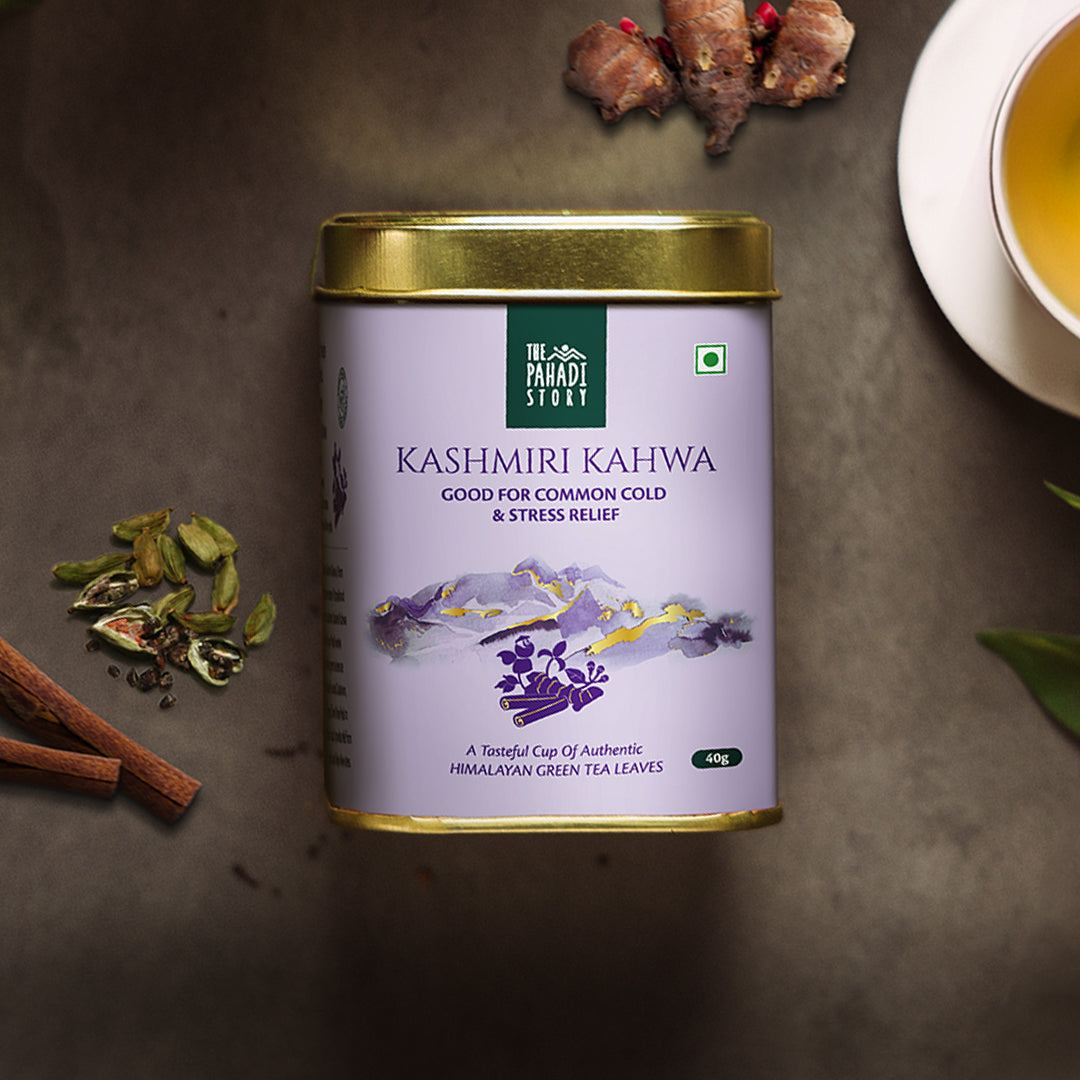
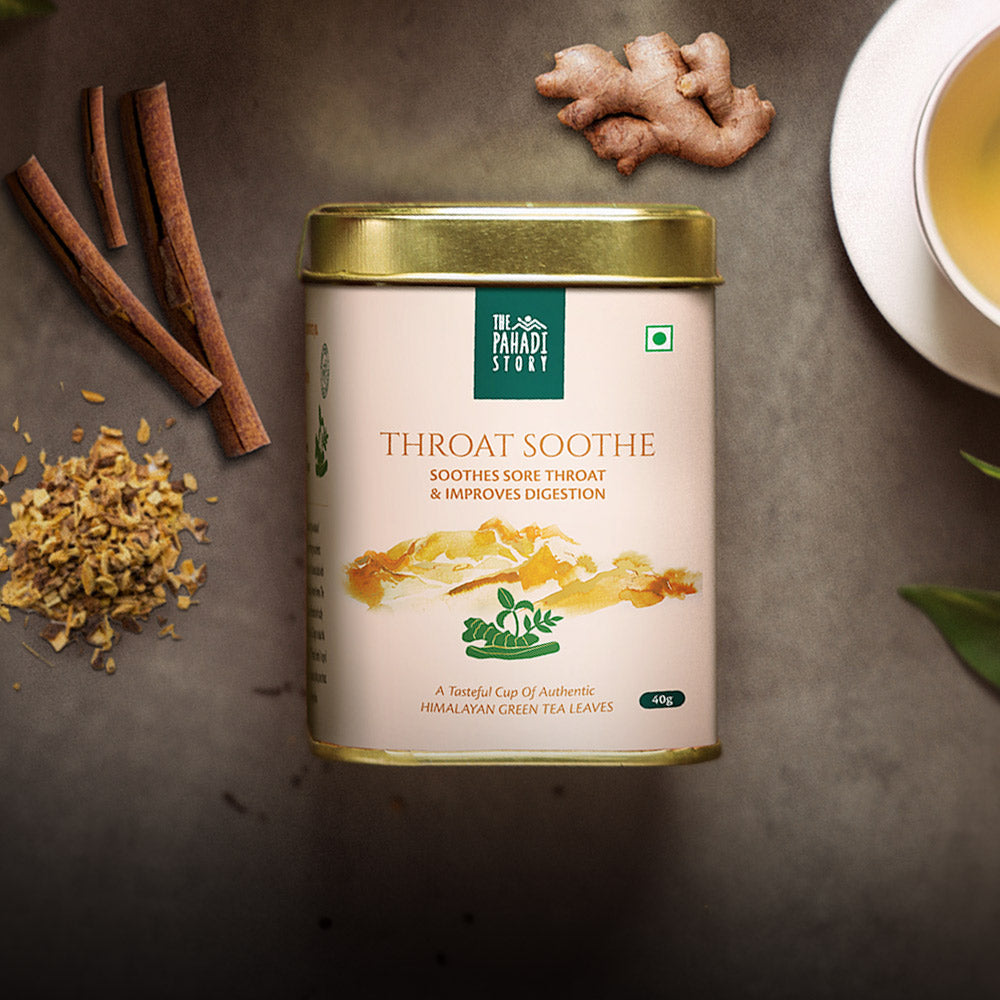
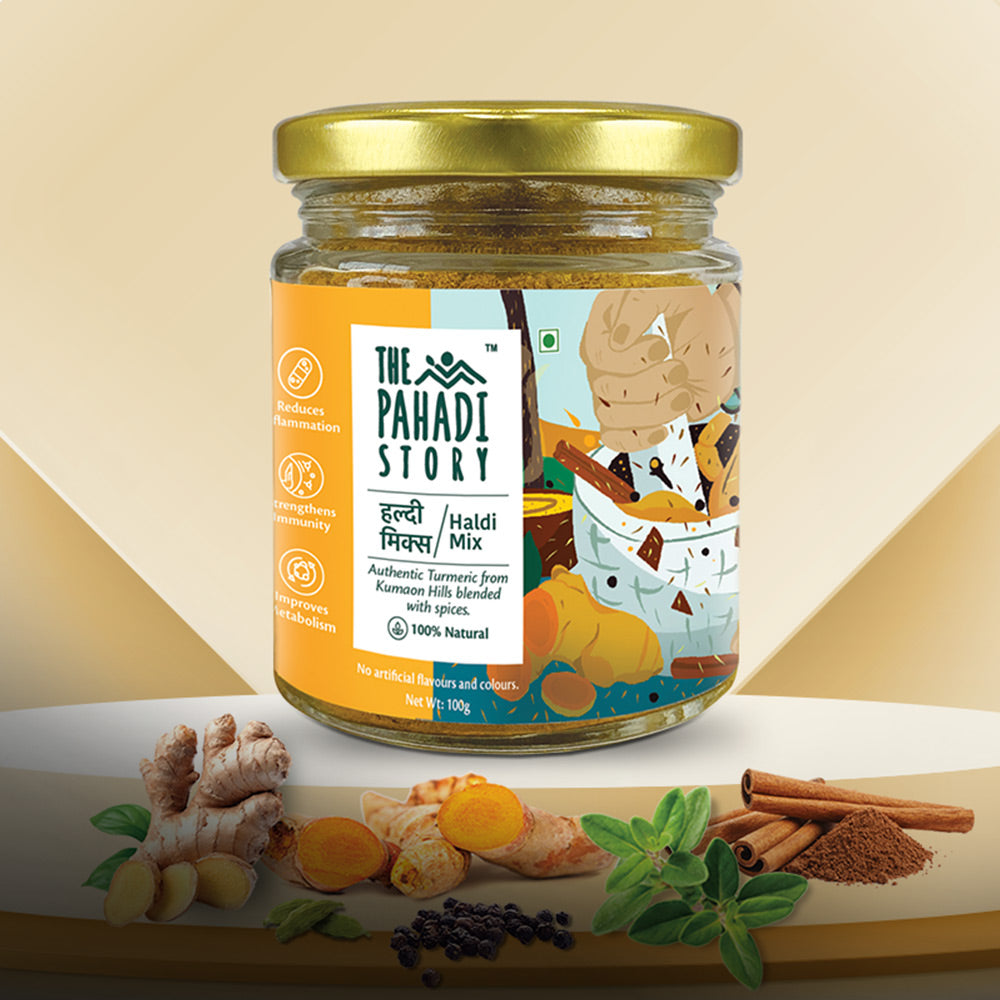
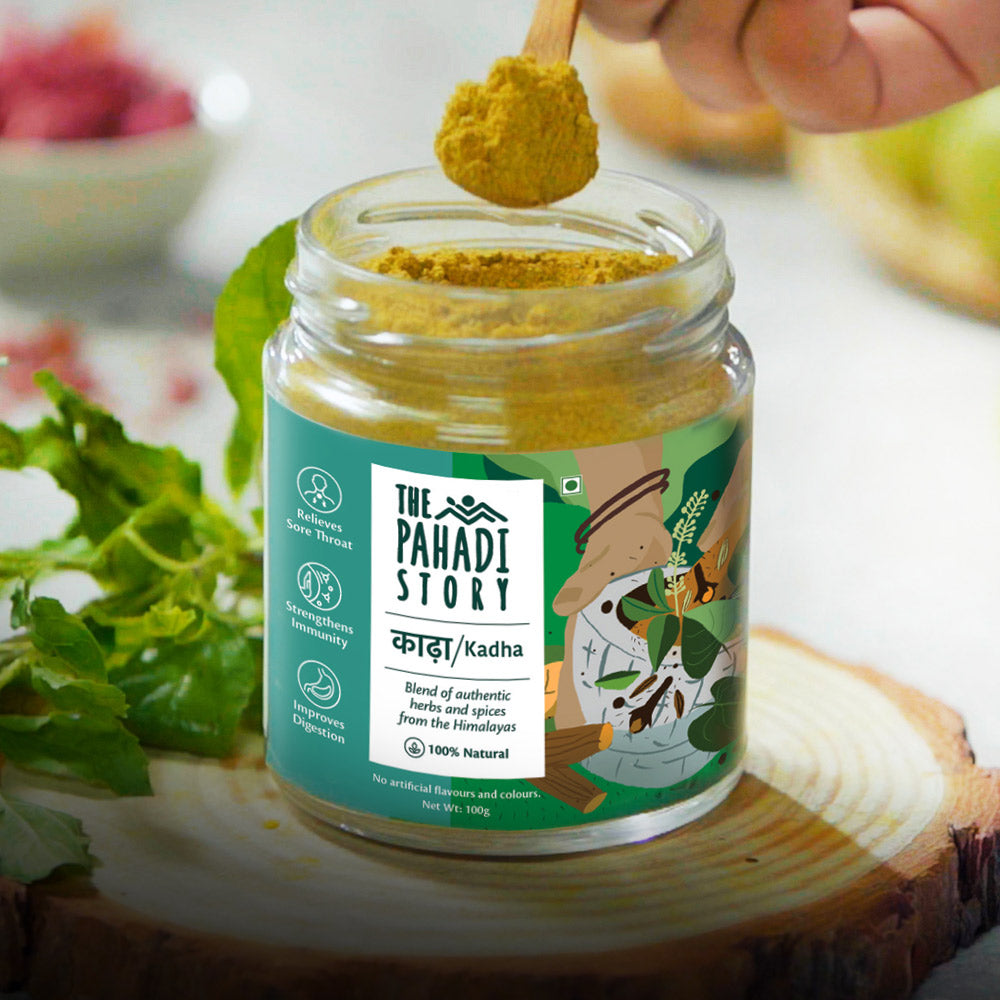
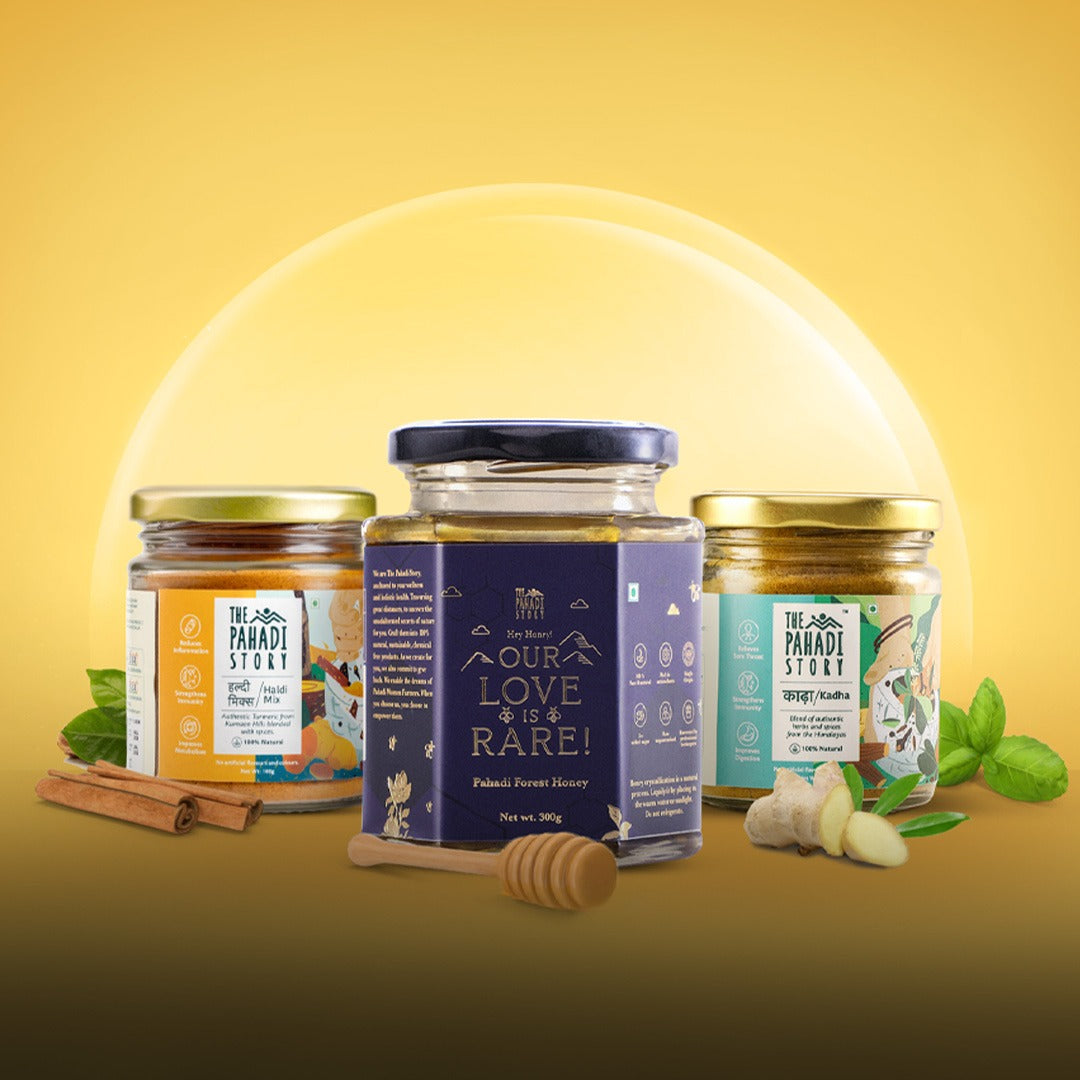
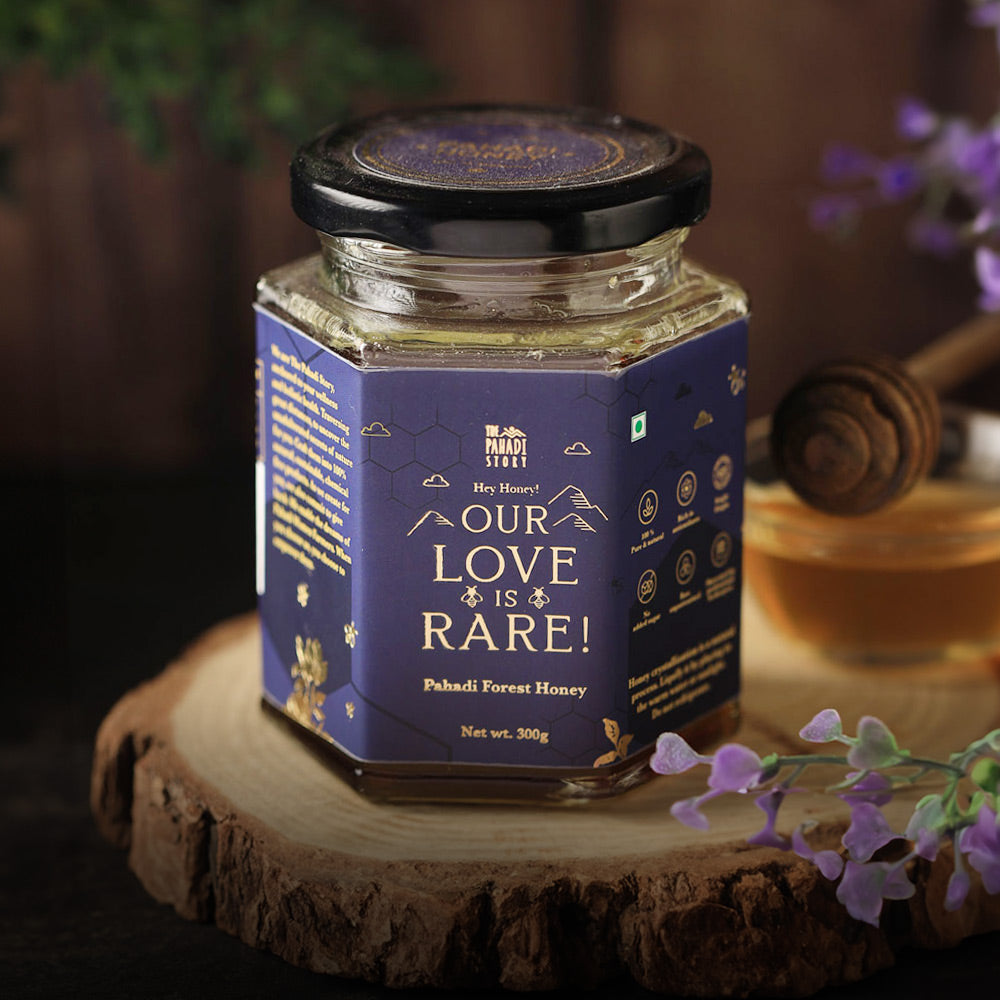
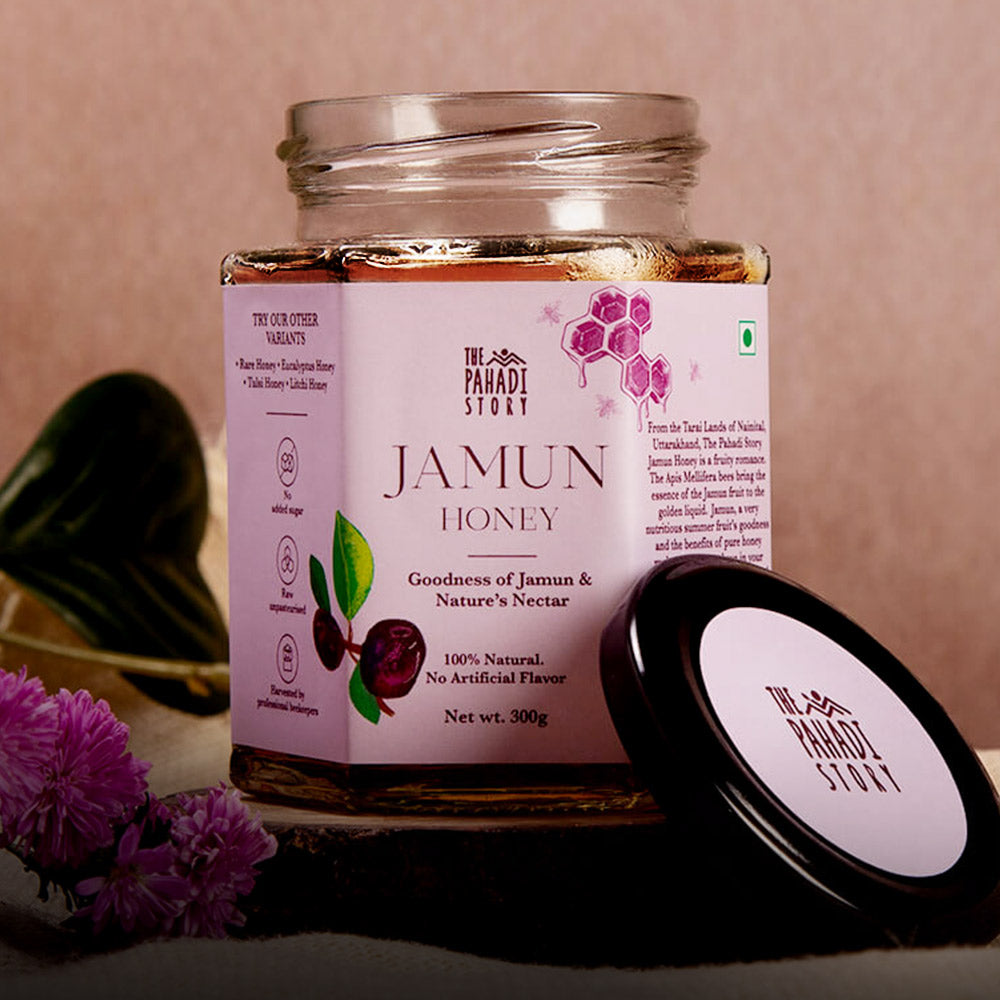
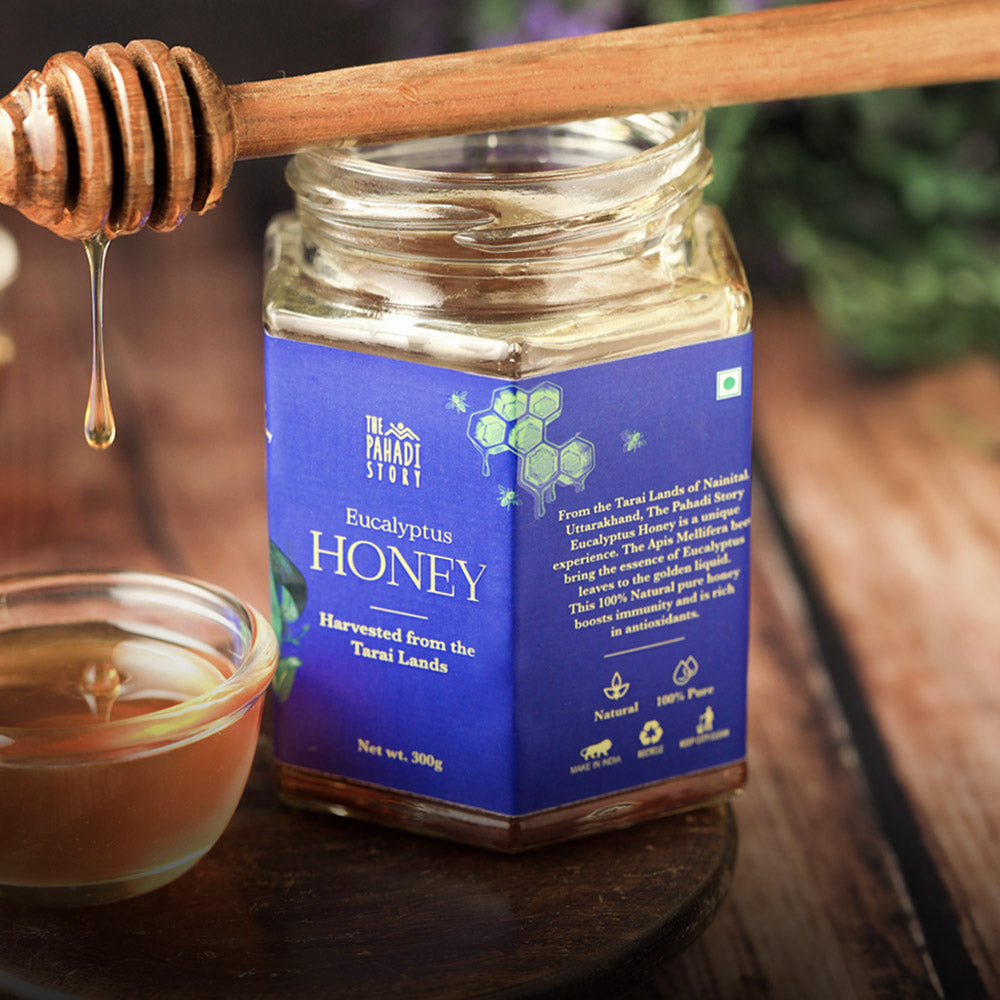

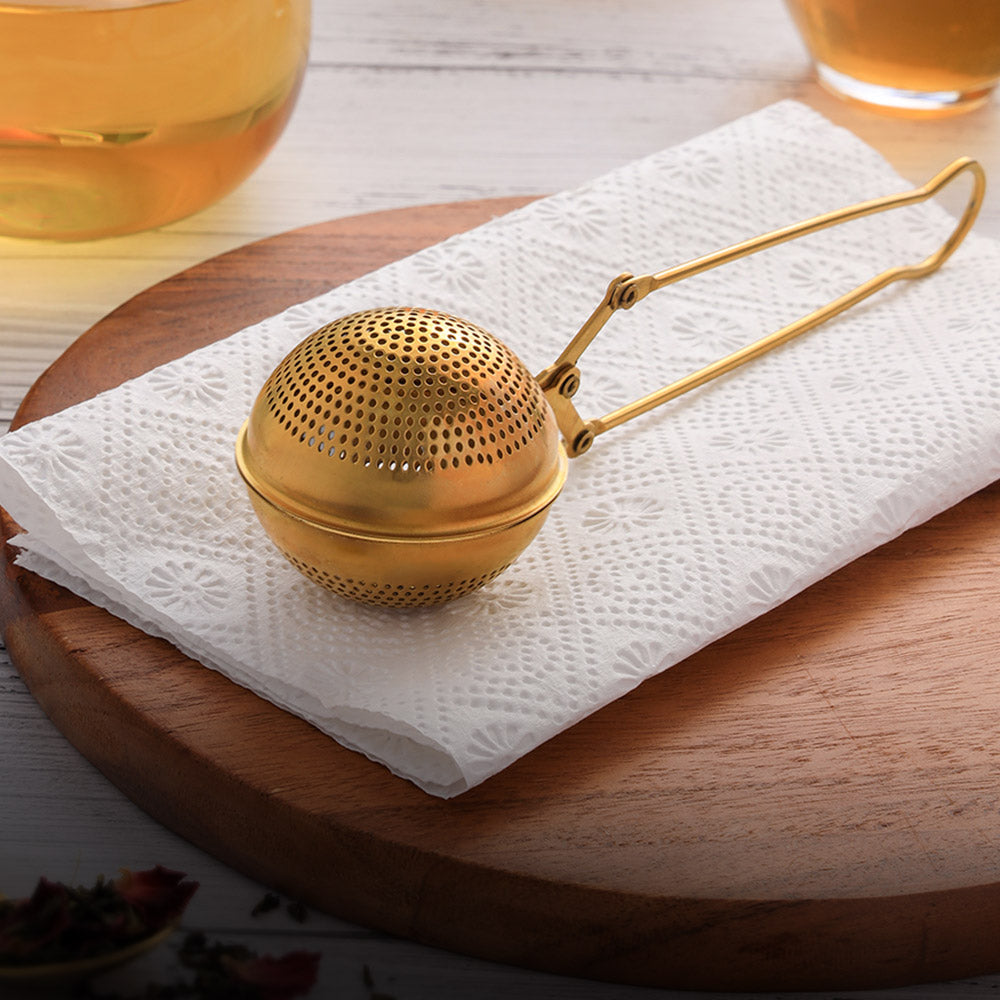
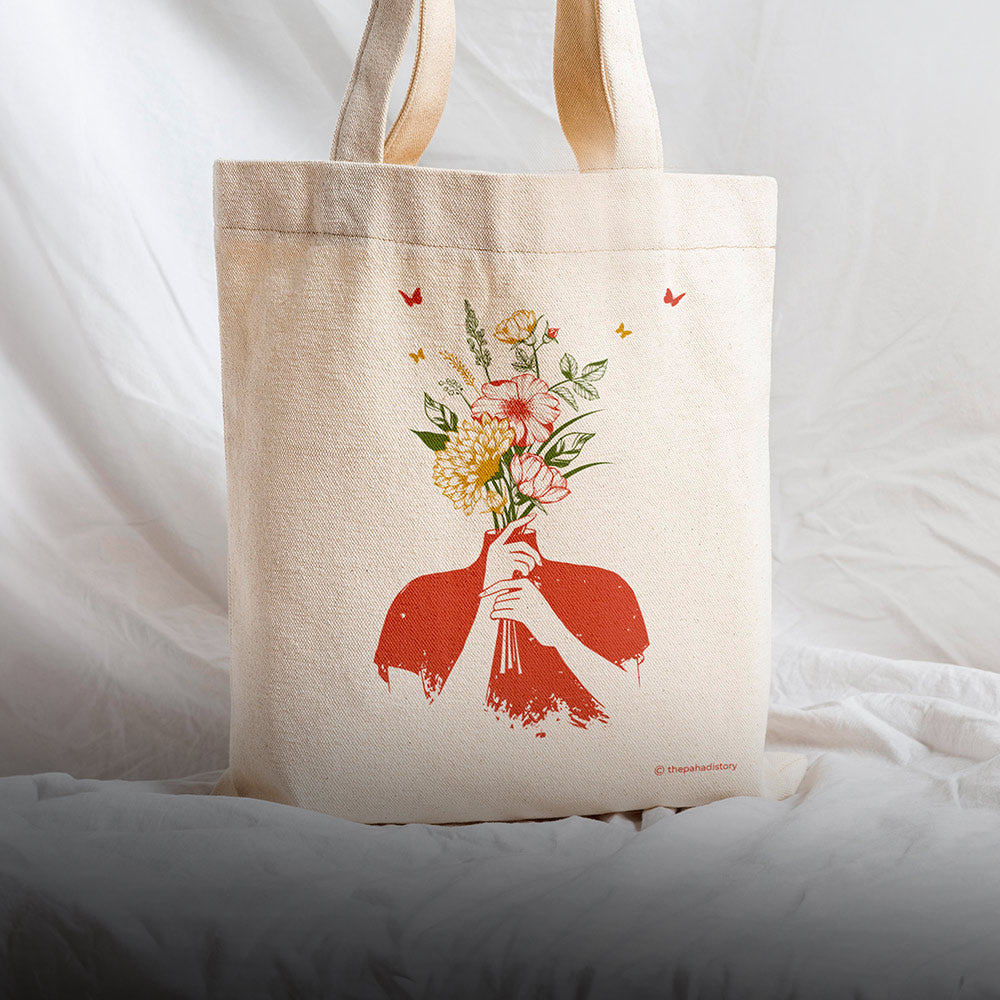
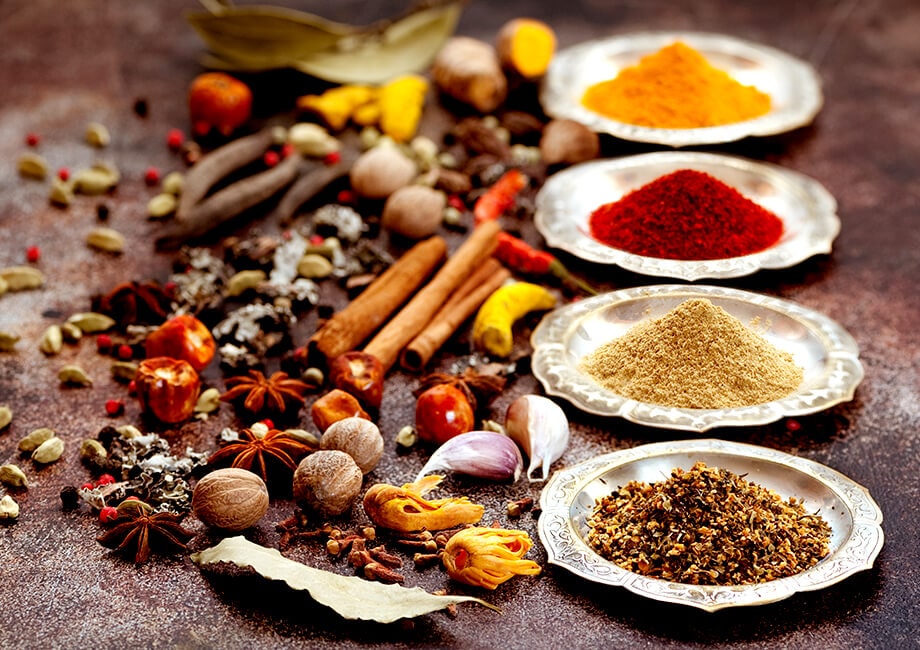


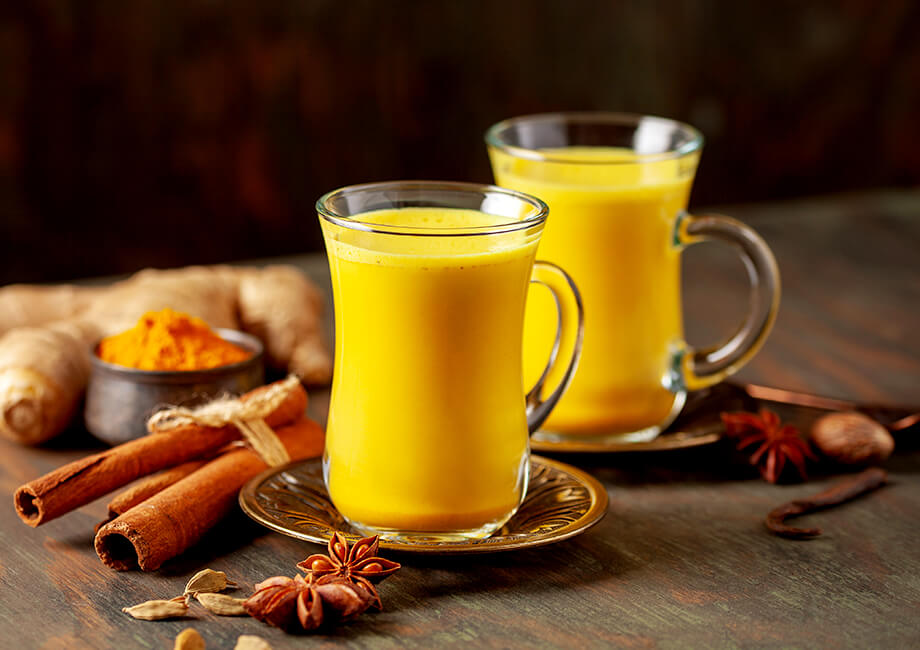
Leave a comment
This site is protected by hCaptcha and the hCaptcha Privacy Policy and Terms of Service apply.